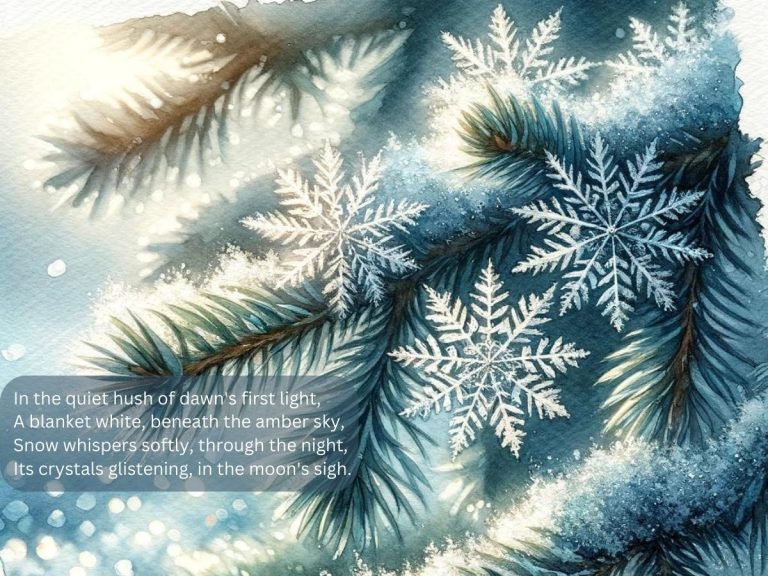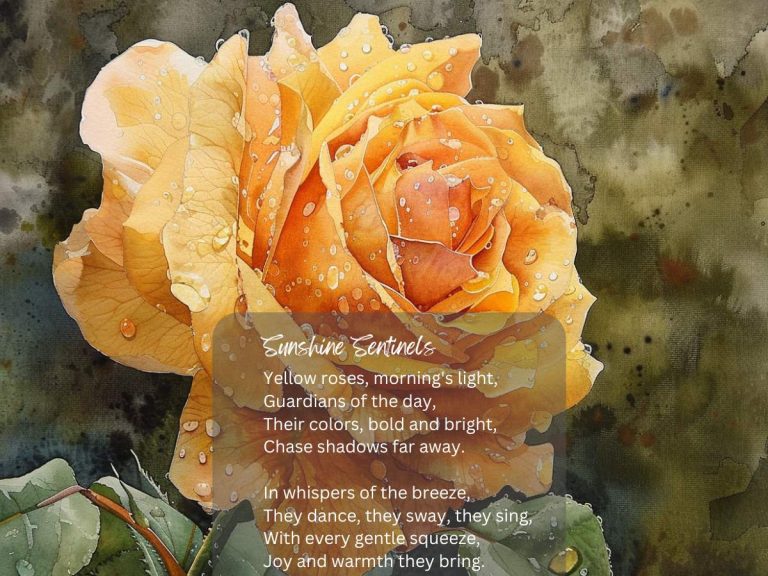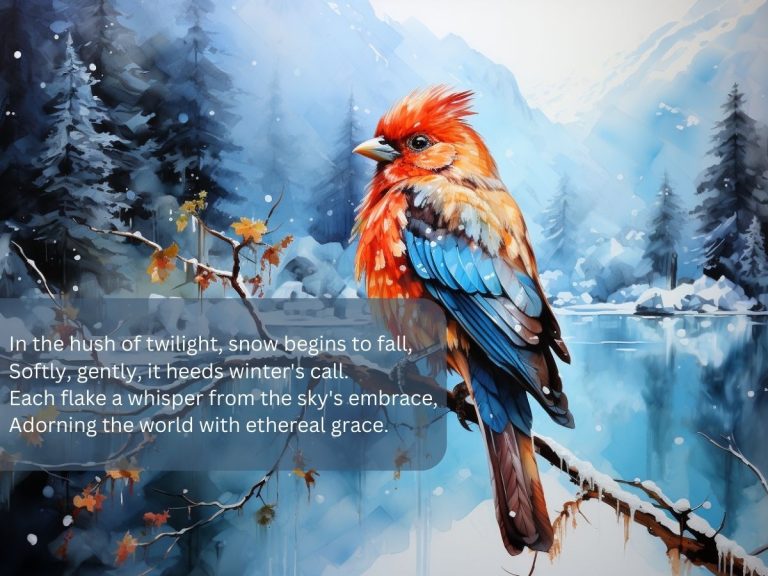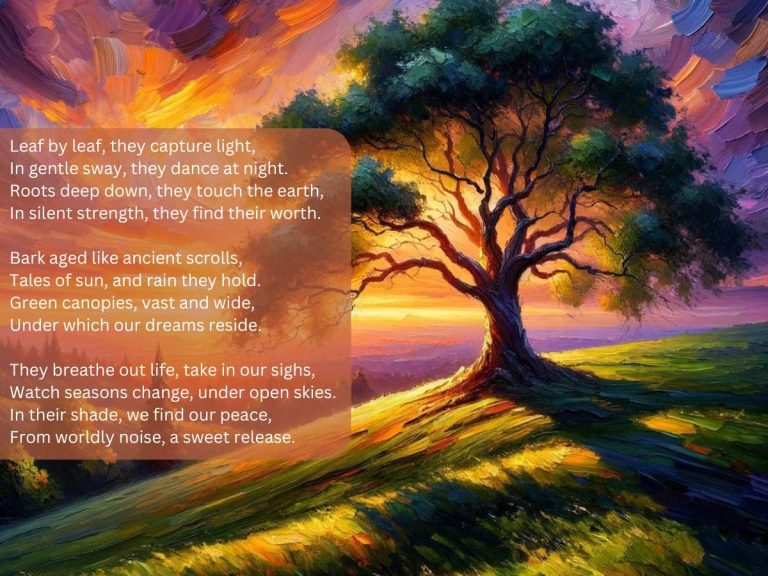March Hare
March Hare,
carved from awakening earth,
bounds across the threshold
where winter wanes and spring whispers.
In dawn's quiet,
its silhouette flickers —
a phantom in frost,
an echo of thawing hearts.
It moves with streams' urgency,
a burst of life in slumbering fields,
where snow remnants
lie in defeat.
Eyes bright with earth's secrets,
scan the horizon —
a testament to survival,
resilience woven into being.
March Hare,
in solitary dance,
embodies the joy
of nature’s rebirth.
It leaps towards awakening,
towards the bloom
of what will be.
In defiance, a refusal —
to be anything but wild,
a spirit unbridled by cold,
a spark igniting March's air.
March Hare,
harbinger of renewal,
in fleeting grace,
reminds us —
even fleeting moments
promise renewal,
certainty of change.
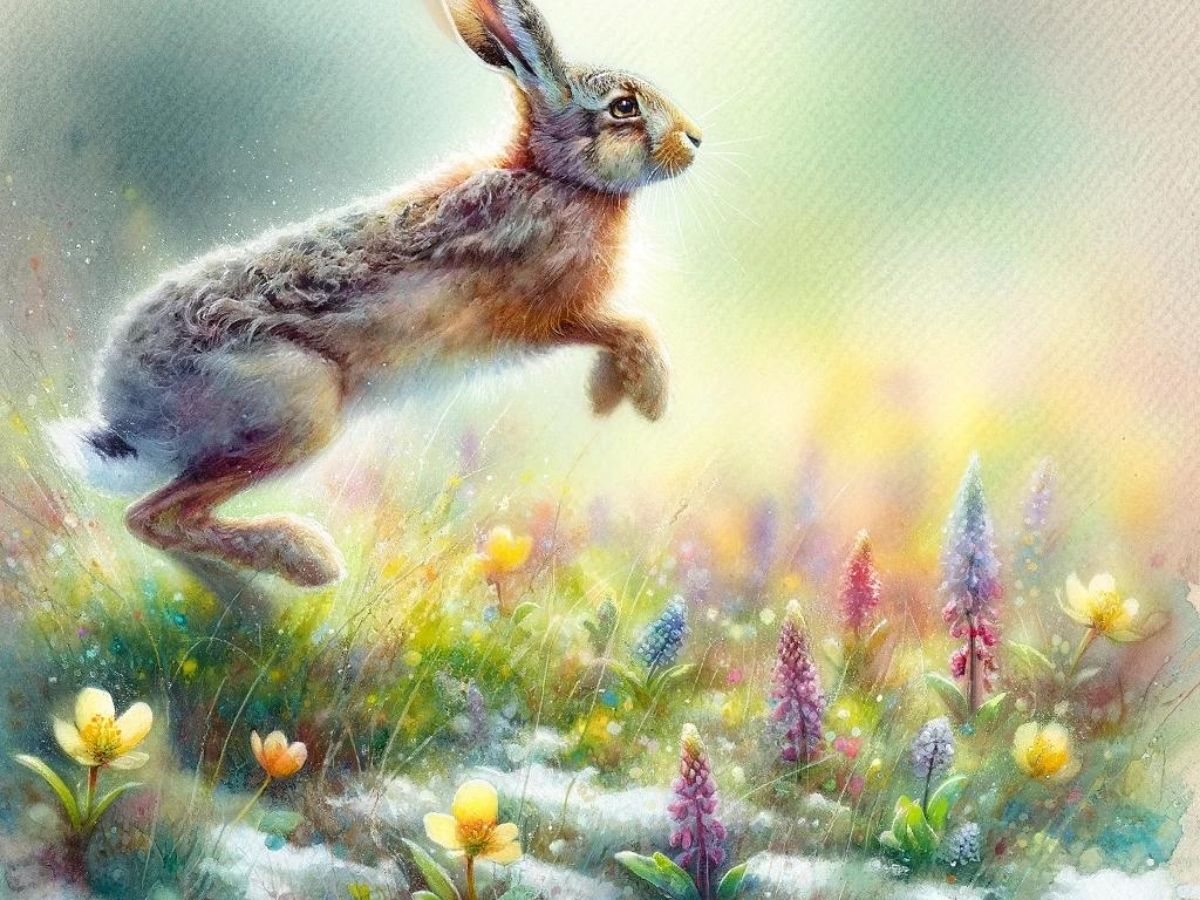
Meaning
“March Hare” delves into the essence of transformation and the vibrant pulse of life that accompanies the transition from winter to spring. The poem personifies the March Hare not just as a creature of the wild but as a symbol of resilience, rebirth, and the unstoppable force of nature’s cycles. Through its movements and existence, the hare embodies the awakening of the earth, serving as a harbinger of the new beginnings and the fresh life that spring brings. This free verse captures the spirit of change, highlighting the beauty and vitality that lie in the natural world’s rhythms and reminding us of the constant presence of renewal and the joy of life’s perpetual rebirth.
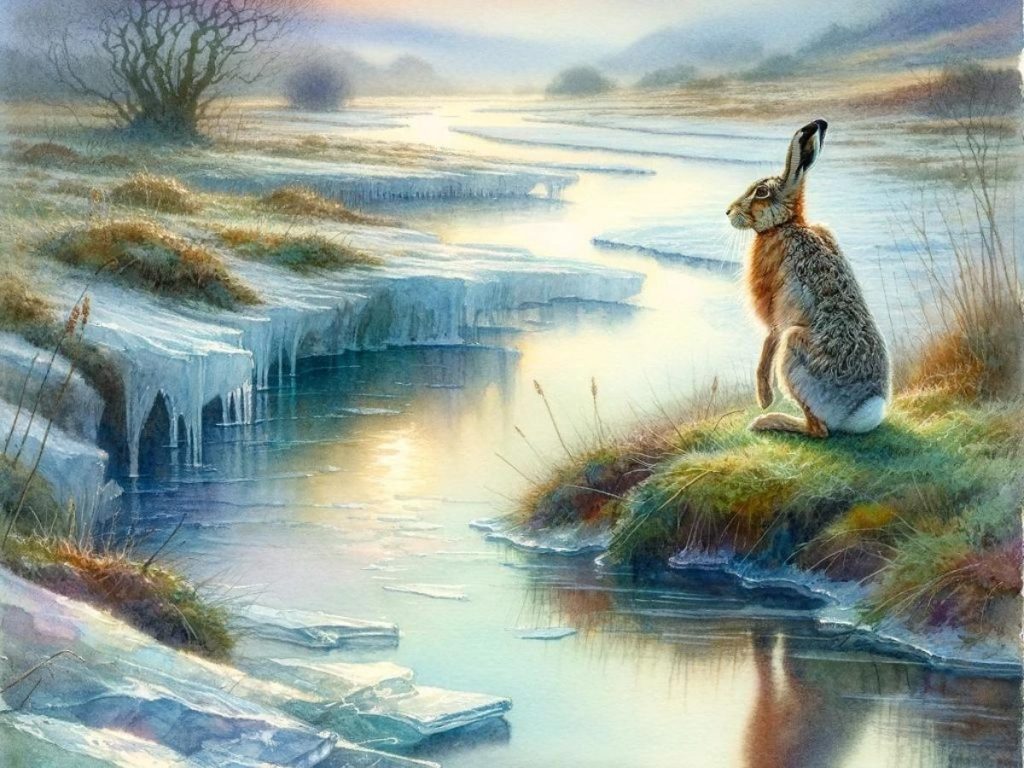
Inspiration Behind
The inspiration for “March Hare” stemmed from the dual fascination with the folklore surrounding the hare in March and the broader, universal themes of renewal and resilience that the changing seasons represent. Observing the natural world’s transition from the cold, dormant winter to the lively, blossoming spring sparked a reflection on how this cycle mirrors our own experiences of growth, renewal, and the continual march towards new beginnings. The hare, often depicted in literature and myth as a creature of significant symbolic value, particularly in relation to madness, change, and new life in March, provided a perfect muse. This poem is an ode to the untamed, the untamable, and the sheer, unstoppable vitality of life itself, inspired by the simple yet profound act of witnessing the world come alive once more.

